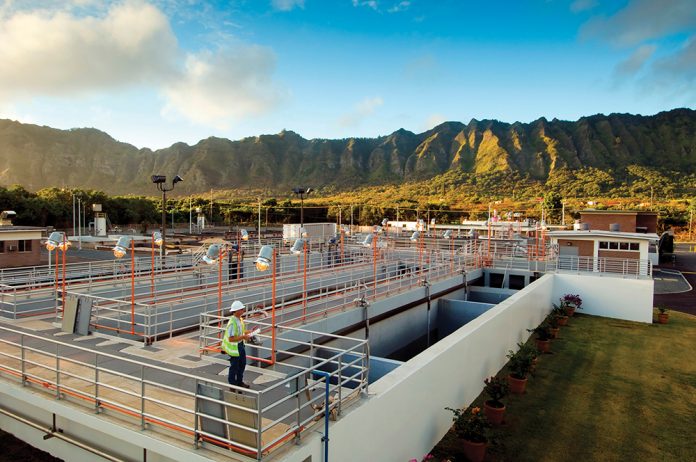Now is the time to take a more intelligent approach to energy management to reduce costs, reduce emissions and ensure resilence. Mark Emery of Centrica Business Solutions explains how Internet of Things (IoT) energy insights technology can help transform energy and operational performance.
Most water companies have already exploited the ‘low hanging’ energy efficiency opportunities and use of on-site generation is widespread in the industry. But that’s not always enough to satisfy increasing (often conflicting) demands from regulators, shareholders, consumers and environmental groups.
Meeting stakeholder demands
The industry faces a difficult balancing act of: decreasing customer bills; reducing and reporting carbon emissions; maintaining rigorous water quality standards; and ensuring operational resilience – at the same time as delivering shareholder value.
Energy can play a vital role in helping the water sector to meet these varied stakeholder requirements. As a major overhead (typically accounting for 20% of a water company’s operating costs), there’s an opportunity to maximise efficiency for cost and carbon reduction. Innovative technology solutions can also monetise energy flexibility and deliver the operational resilience that underpins customer service excellence.
Ofwat has made it clear that it wants to see the sector drive innovation through better use of data. Improved big data and analytics is key to unlocking new energy and operational efficiency opportunities, managing risk proactively and informing energy optimisation and investment.
Full energy visibility
Energy efficiency should be the first stage of any energy strategy, but it’s difficult to know where to focus for best results, especially when the ‘quick win’ opportunities are already
exhausted. Examining metered data and conducting energy efficiency audits will only tell you so much, but IoT energy insights reveal what’s happening beyond the meter – at a process and device level.
This involves attaching low-cost wireless sensors to energy-using devices, such as pumping machines and other critical equipment. The resulting data is then interpreted via an IoT enabled online analytics platform, which provides real-time, granular visibility of both power and heat use. Easily digestible insights reveal how processes and assets are performing – often uncovering hidden inefficiencies and performance issues.
Informing energy & operational savings
The data insights will identify where energy is being wasted, but will also inform demand side response (DSR) opportunities. For example, businesses gain a clear understanding of how they can shift loads to avoid peak time power costs and where they have flexible power capacity to generate revenue from DSR markets.
Detailed data can also be exported for environmental and fiscal reporting, for example to fulfil the new Ofwat requirement to report energy consumption for co-located clean and waste water processing. Since many sites are dispersed over a large area, and often only have one or two electrical energy supply meters, analytics technologies can simplify this data gathering process.
The biggest benefits of advanced energy analytics often relate to improved operational efficiency and business resilience. By understanding precisely which pieces of equipment are doing most of the work and, therefore, are more likely to fail, cost-effective predictive maintenance regimes can be introduced, which also extend asset life. Performance issues can be identified from data anomalies, and these can be rectified before they become problems, thus avoiding disruption or mission critical equipment failure.
Building a case for distributed energy investment
By optimising data water companies can understand their energy priorities and build an accurate and convincing case for capital investment in further energy efficiency improvements and distributed energy solutions. This is particularly useful for informing investment in distributed energy resources, such as solar PV and battery storage, and natural gas or biogas from waste water Combined heat and power (CHP). In this way, companies can shift usage from the grid to more affordable, sustainable and resilient energy supplies.
Given that water and sewage treatment accounts for approximately 2% of all UK electricity consumption and around 0.7% of total UK CO2 emissions, raising environmental performance is a key priority for the sector from both a regulatory and reputation management perspective.
The positive news is that by taking an intelligent approach to energy management, companies can achieve both their commercial and environmental goals.
Energy as a service
The business case for distributed energy technologies and energy efficiency solutions is so good that investment can often be delivered at zero capital cost on a pay-as-you-save basis. Centrica Business Solutions has recently extended its range of flexible financing options with the launch of an Energy as a Service bundle that typically includes the design, installation and financing of on-site power generation, alongside a complete choice of innovative sustainable energy technologies and services.
Centrica Business Solutions has published a white paper on how to use energy more intelligently in the water industry.
Further information
www.centricabusinesssolutions.com
Mark Emery is a Business Development Manager for Centrica Business Solutions




